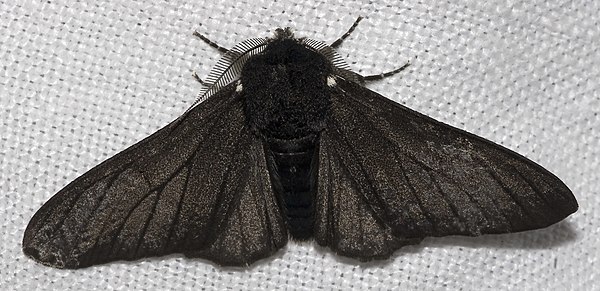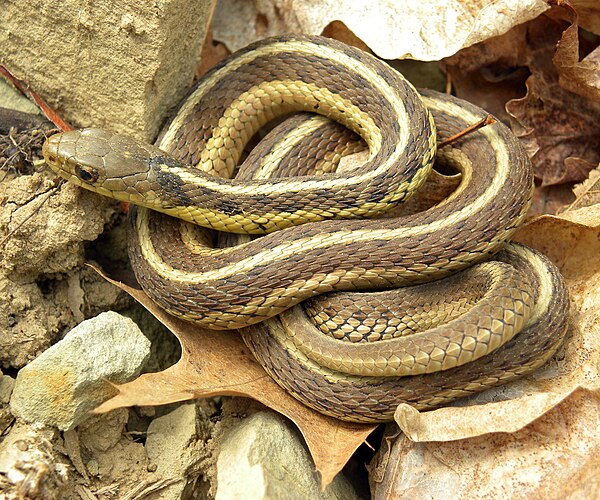Group selection
Videos
Page
Group selection is a proposed mechanism of evolution in which natural selection acts at the level of the group, instead of at the level of the individual or gene.

Early explanations of social behaviour, such as the lekking of blackcock, spoke of "the good of the species". Blackcocks at the Lek watercolour and bodycolour by Archibald Thorburn, 1901.

Social behavior in honeybees is explained by kin selection: their haplodiploid inheritance system makes workers very closely related to their queen (centre).

David Sloan Wilson and Elliott Sober's 1994 Multilevel Selection Model, illustrated by a nested set of Russian matryoshka dolls. Wilson himself compared his model to such a set.

Humanity has developed extremely rapidly, arguably through gene-culture coevolution, leading to complex cultural artefacts like the gopuram of the Sri Mariammam temple, Singapore.
Evolution
Videos
Page
Evolution is the change in the heritable characteristics of biological populations over successive generations. It occurs when evolutionary processes such as natural selection and genetic drift act on genetic variation, resulting in certain characteristics becoming more or less common within a population over successive generations. The process of evolution has given rise to biodiversity at every level of biological organisation.

White peppered moth

Black morph in peppered moth evolution

Male moor frogs become blue during the height of mating season. Blue reflectance may be a form of intersexual communication. It is hypothesised that males with brighter blue coloration may signal greater sexual and genetic fitness.

The common garter snake has evolved resistance to the defensive substance tetrodotoxin in its amphibian prey.